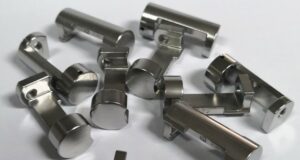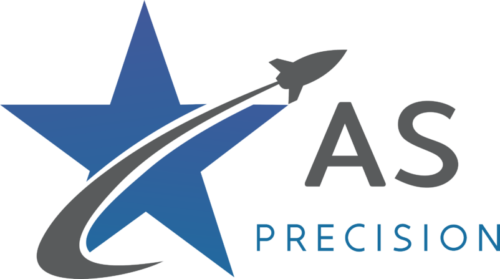CNC turning services are a relatively new service available to companies. They allow people to create parts in ways that were never possible before. In this article, get an insight into how the machines work, the uses they can serve, and the costs involved.
Introduction To CNC Services
CNC turning services use computer-controlled machines to create complex three-dimensional objects from a variety of materials. Services can be used to produce items ranging from small parts to entire products. CNC services can be divided into two main categories: traditional CNC turning and 3D printing. Traditional CNC turning services use large, industrial-grade machines to turn parts using a rotary motion. 3D printing services use smaller, more portable machines that print objects using layers of filaments.

Benefits Of CNC Services
CNC turning services are becoming more and more popular as a way to produce high-quality parts with little to no manual labor. The benefits of using a CNC turning service are many, including:
- Reduced production time: With CNC turning services, parts can be quickly and easily produced without the need for a lot of manual labor.
- Higher quality parts: With CNC turning services, parts are typically much higher in quality than those produced through traditional methods.
- Increased efficiency: With CNC turning services, parts can be produced at a much faster rate than through traditional methods, resulting in increased efficiency and profitability for businesses.
What Is Different In A CNC Turning Machine?
The first is the precision of the movement. With a CNC turning process, the machine can move around an object with incredibly small tolerances, allowing for extremely detailed and accurate pieces. Additionally, the speed and accuracy of a CNC turning machine make it perfect for manufacturing high-quality parts quickly and easily.
Conclusion
In conclusion, CNC turning services work by using a computer to control the movement of a rotary tool. The resulting product is often a more accurate and symmetrical version of the original design.
